Throughout history, the human imagination has given rise to a myriad of mythological creatures, but none have captivated our collective fascination quite like the unicorn. A majestic beast resembling a white horse, adorned with a single, spiralling horn on its forehead, the unicorn has symbolised purity, grace, and often magical powers for millennia. Its presence in the Bible and European art and folklore stretches back thousands of years. But amidst the enchanting allure of this mythical creature, one question persists: Could unicorns have been real?
In a thought-provoking paper, Dr. David M. Witelson of the Rock Art Research Institute School of Geography at the University of the Witwatersrand in South Africa delves into the intriguing possibility that culturally-specific perceptions of the unicorn among European colonisers may have played a pivotal role in misinterpreting indigenous oral traditions. In this blog post, we embark on a journey through time and cultures to uncover the surprising twist in South Africa’s unicorn tale.
When Unicorns Met Colonisers
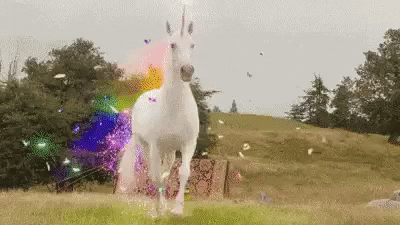
When British colonisers first set foot in South Africa, they carried with them not just their uniforms but also their affinity for unicorns. To their astonishment, the local population appeared to be familiar with this mythical creature. The spark that ignited curiosity came from ancient rock art found in the region, which depicted unicorn-like animals. The colonists embarked on an expedition with the intention of locating these creatures, firmly believing that they likely inhabited the South African landscape. Nevertheless, despite their endeavours yielding no positive outcomes, several individuals have proposed the notion that the rock paintings may, in fact, portray antelopes or rhinoceroses.
The Myth
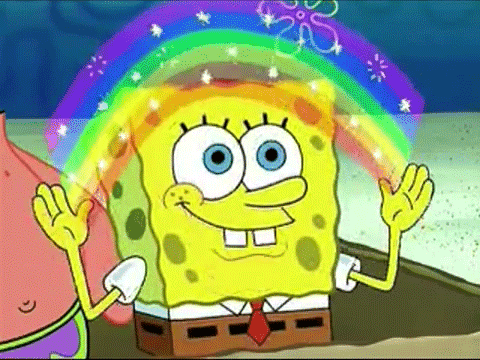
Dr. Witelson’s groundbreaking analysis offers an alternative explanation for why colonisers failed to encounter unicorns in South Africa. He posits that the San people, indigenous to the region, ascribed a completely different meaning to the unicorn-like creatures they painted. At the heart of San mythology was a one-horned rain creature, remarkably akin to the European vision of a unicorn. However, this rain creature existed solely in the realm of imagination.
Witelson’s meticulous research delved into recorded oral traditions, revealing that the mythical one-horned animals were believed to inhabit the northern mountains, where rain would ultimately find its way after passing through. These creatures, according to Witelson, were symbolic representations of rain in animal form, a concept deeply ingrained in San culture. When these stories were shared with early colonists, the colonisers hastily connected them to their own unicorn legends. In doing so, they took the narratives literally, failing to distinguish between creatures of myth and reality.
The Collision of Beliefs
During the colonial era, European interpretations of the unicorn were forcibly imposed upon indigenous South African beliefs. The uncanny similarities between the creatures – one-horned, swift, elusive, and perilous to capture – facilitated a blending of ideas, often during discussions between individuals from diverse cultural backgrounds. Simultaneously, local beliefs were often disregarded in favor of European ones, reflecting the unequal power dynamics prevalent during colonial times.
In human history, the conflation of European and indigenous beliefs about one-horned creatures in South Africa stands as a unique case. It raises the complex question of whether similar legends or mythical concepts in other regions have genuine, culturally-derived connections or merely superficial resemblances. As of now, no other example mirrors the blending of unicorn narratives as witnessed in South Africa.
The tale of South Africa’s unicorn myth serves as a testament to the power of cultural perception and the impact of colonialism on indigenous beliefs. It invites us to ponder the boundaries between fact and fiction, reminding us that the most extraordinary stories often have surprising twists hidden within their folds.

Also Read: Mithras: A Mysterious Roman Cult



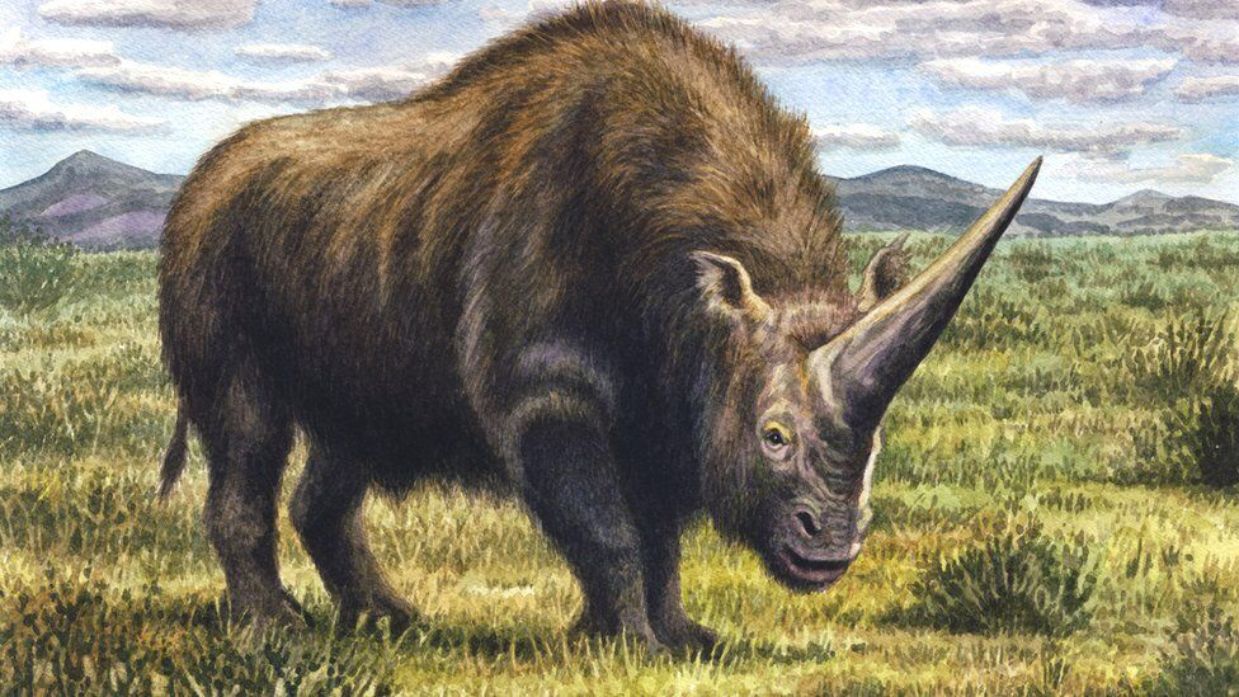
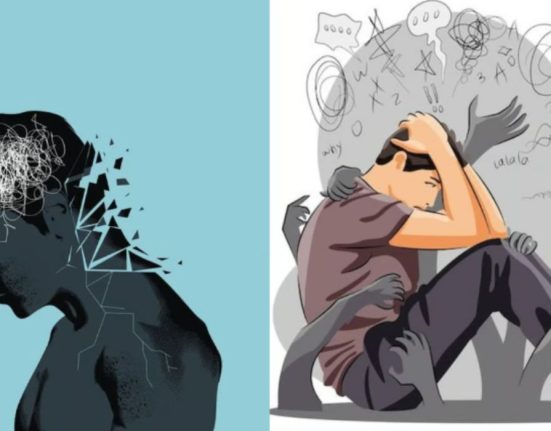
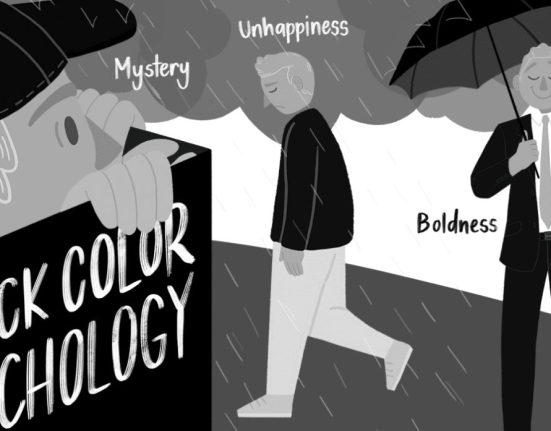


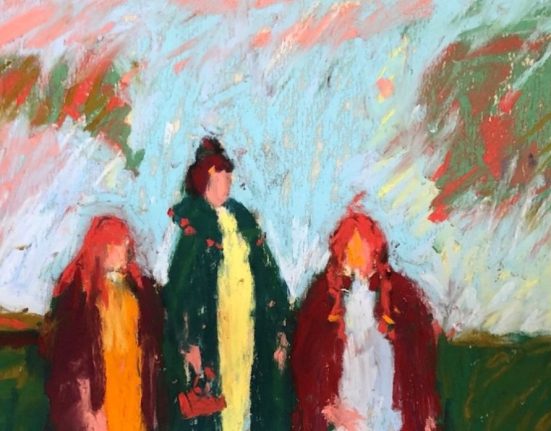
Leave feedback about this